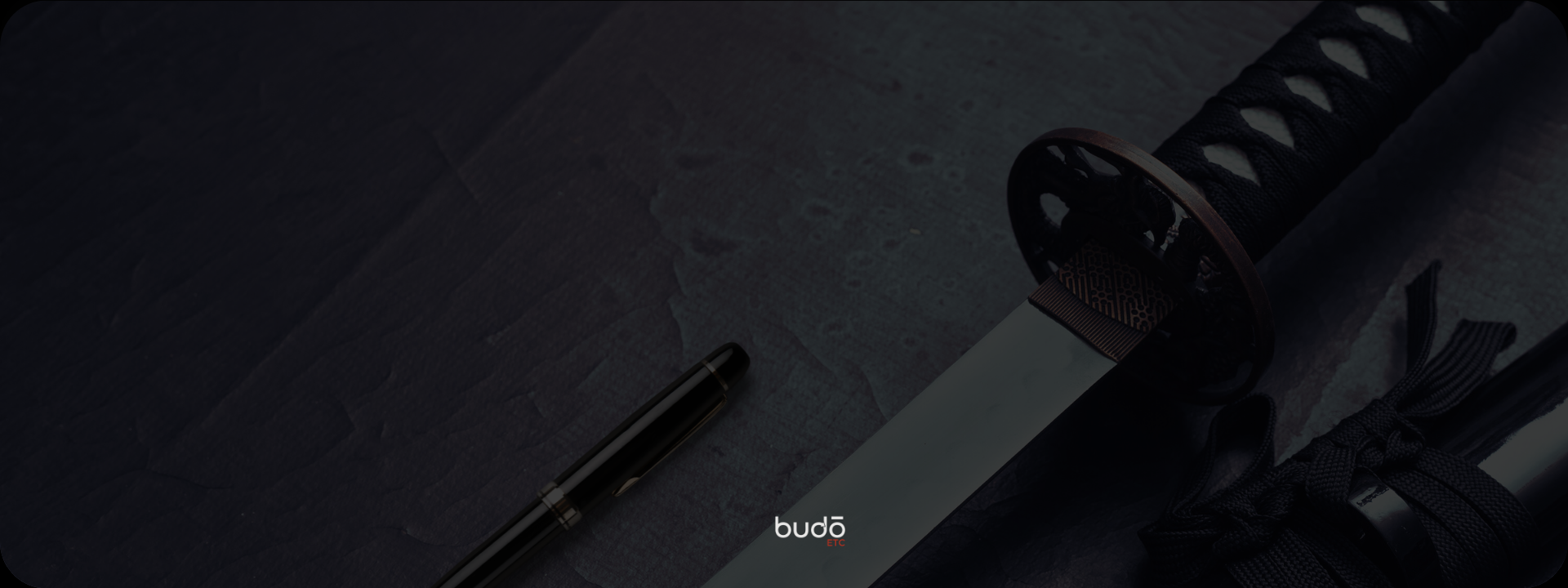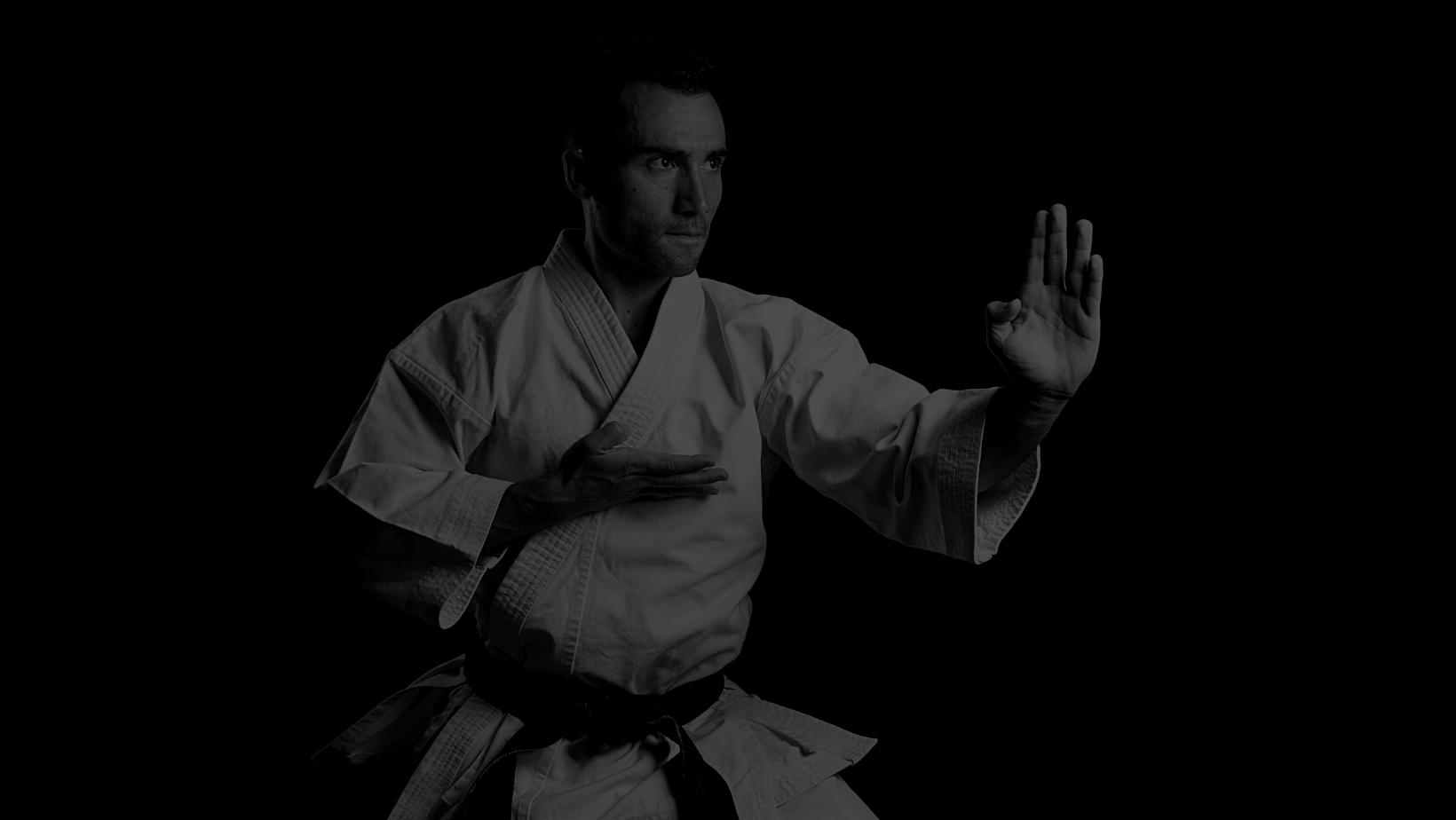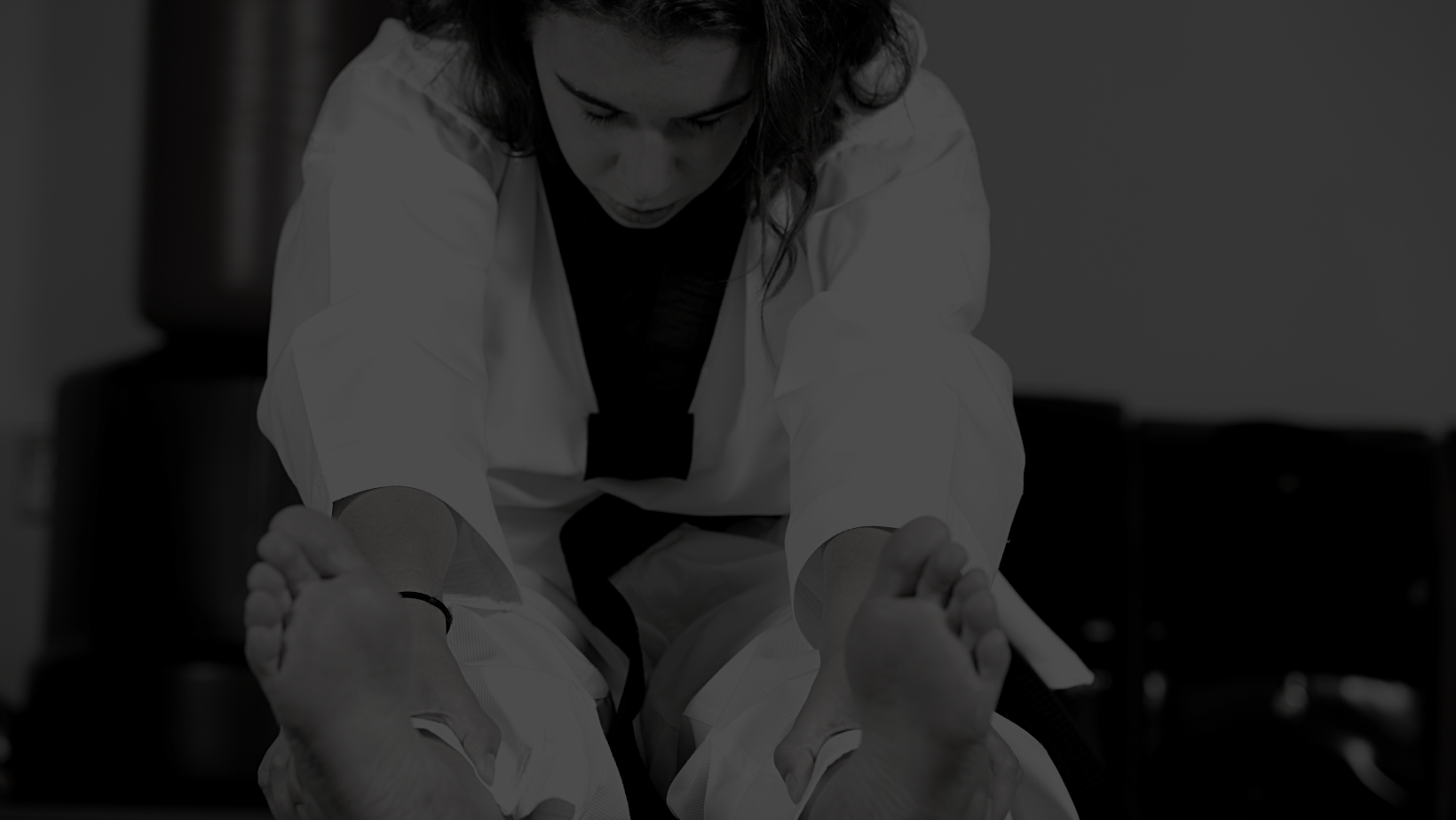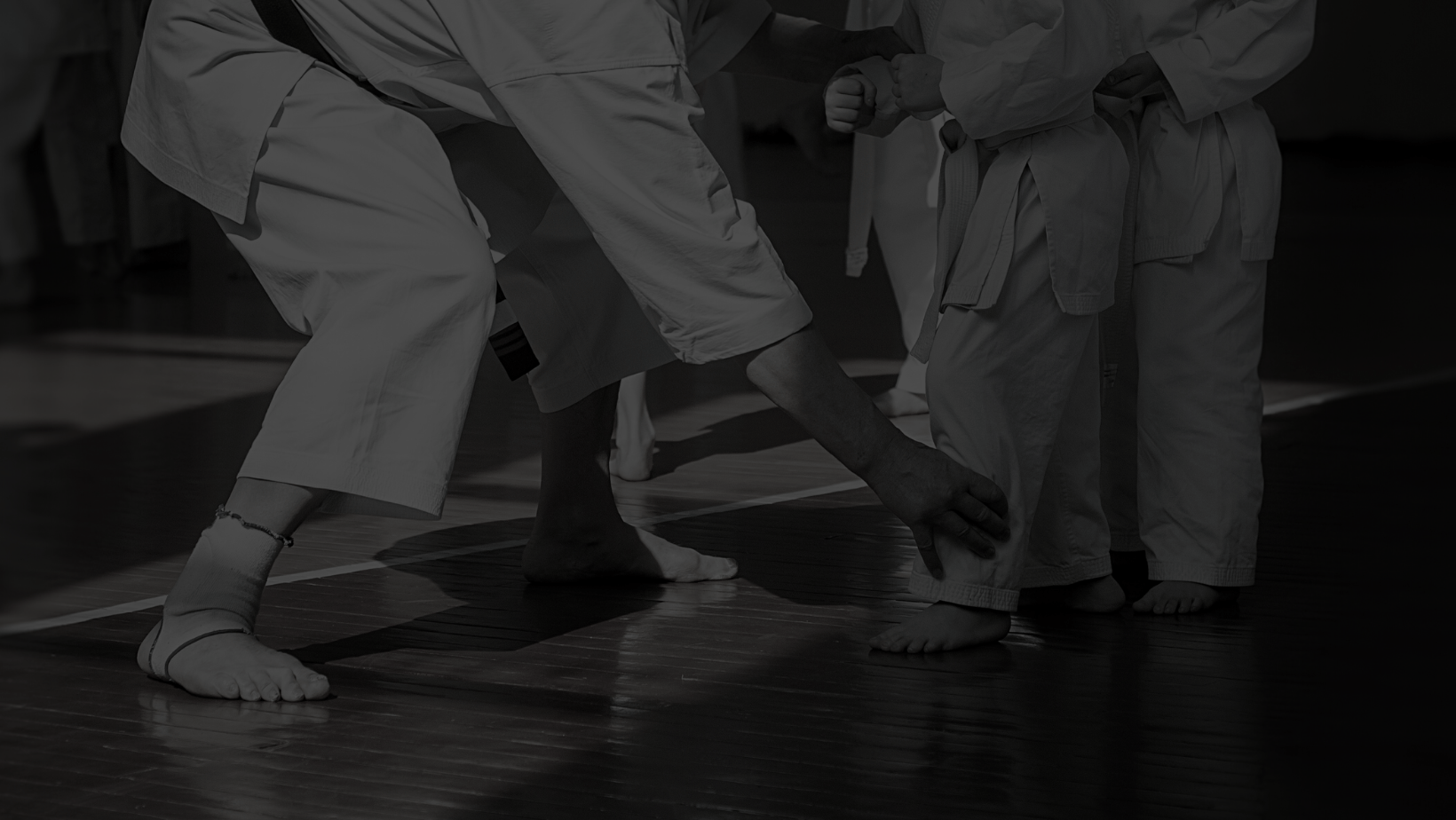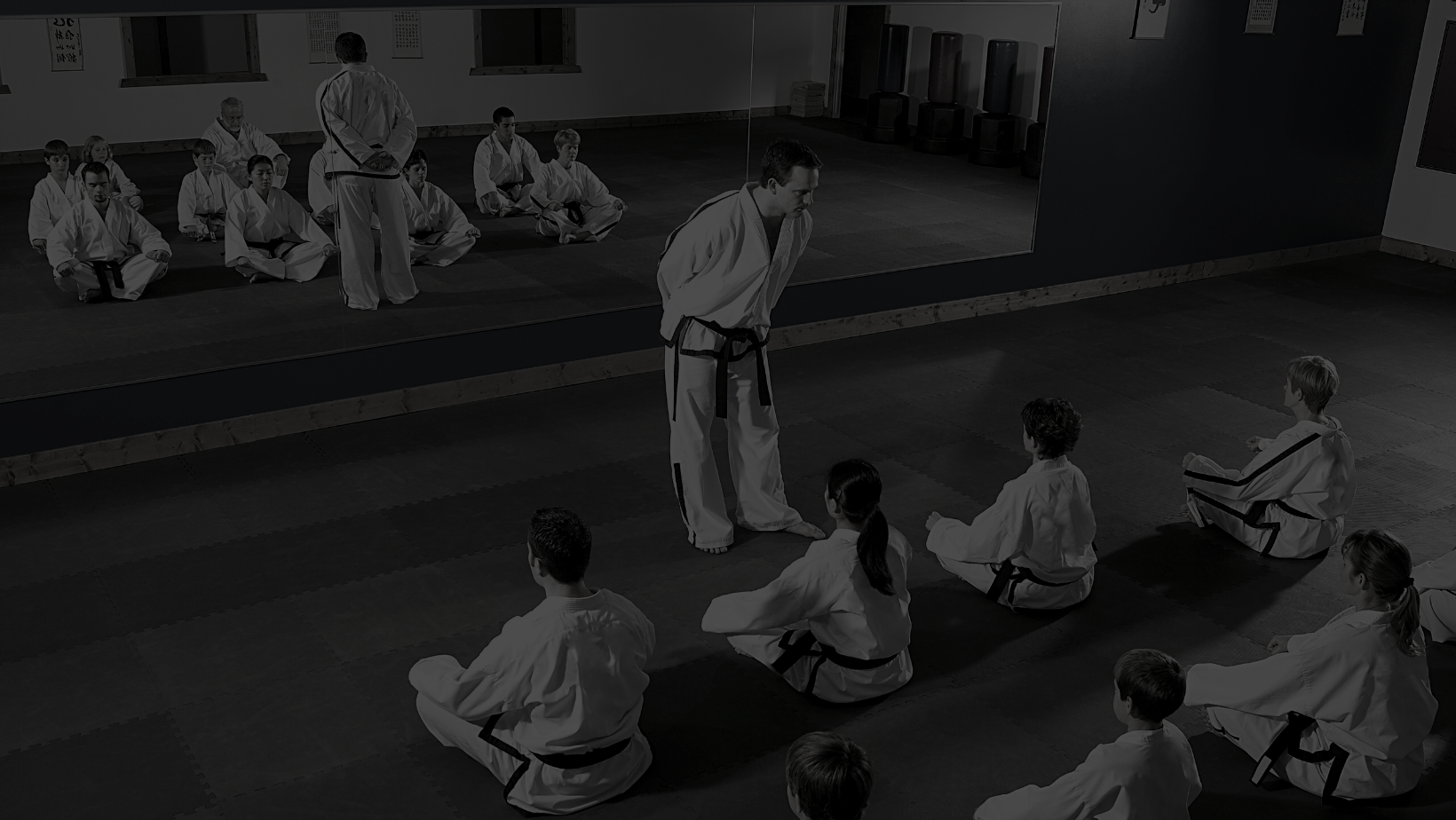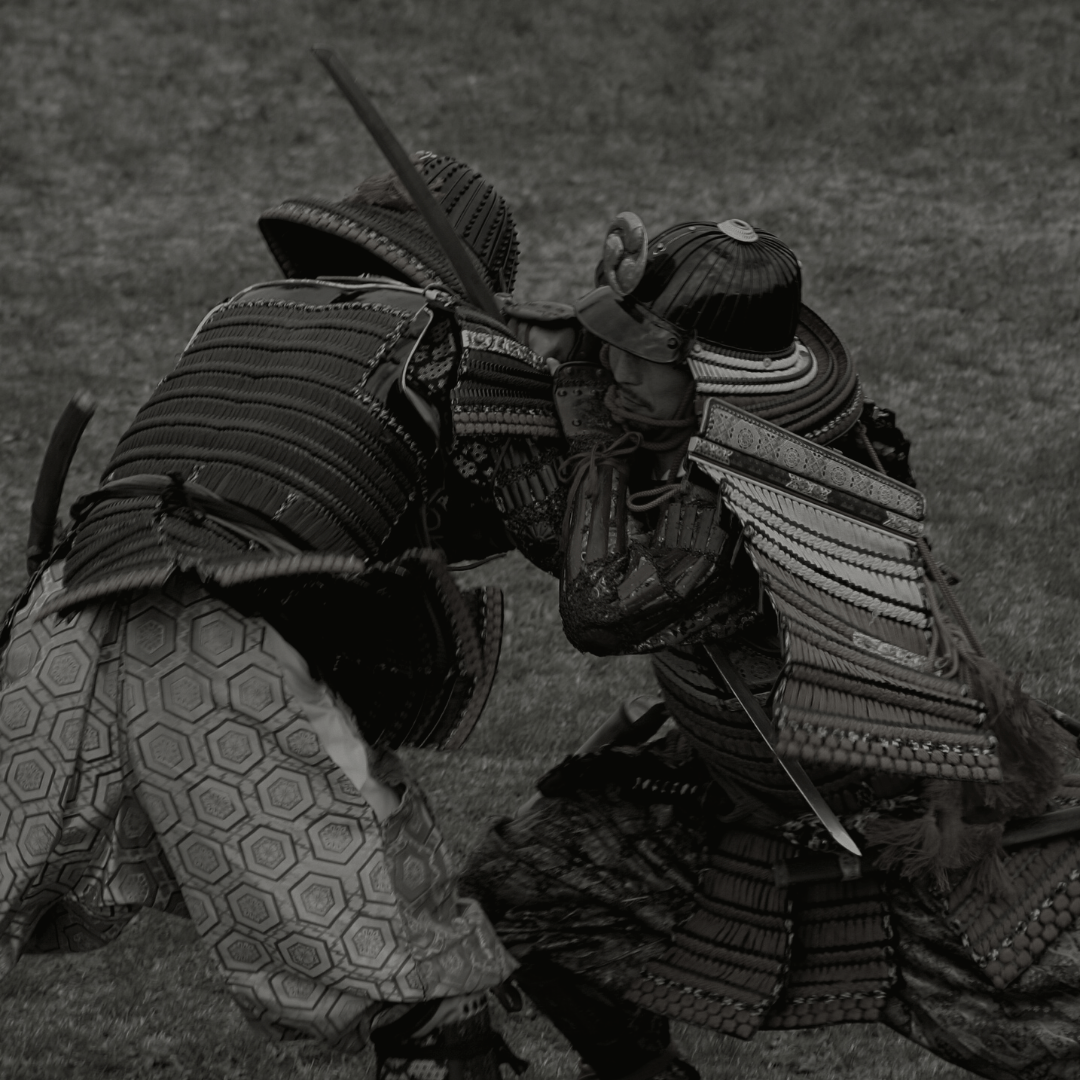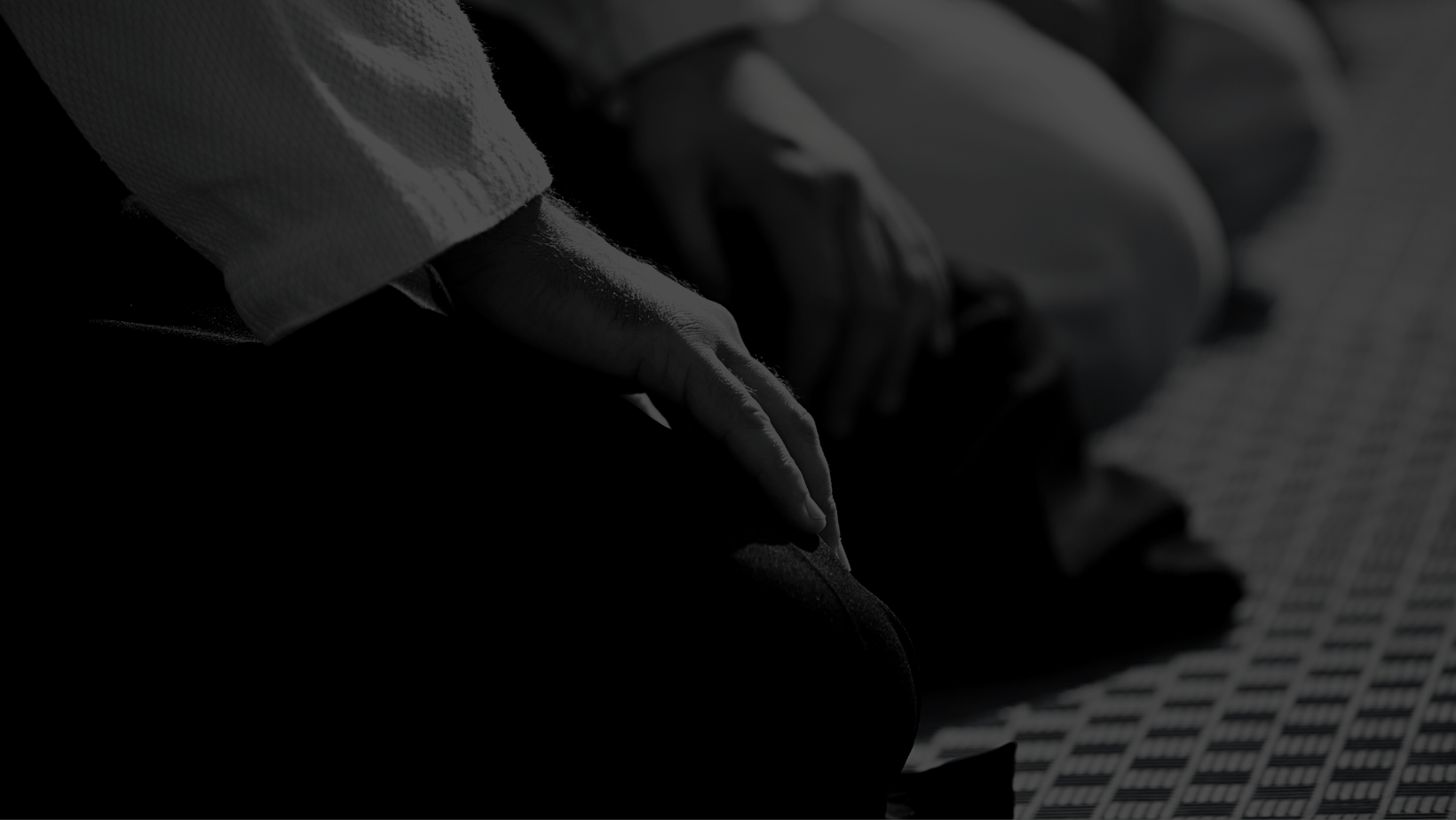Affirmations and Budo
We are what we think
#budotraining #wellbeing #meditation #mindfulness #studentinsights
One of the confusing things about Budo is the perceived connection with non-secular influences, especially, when considering those aspects that are prone to be labelled as “esoteric”. Positive affirmations are a great example of something which many modern Budo practitioners stray away from due to what they consider to be religious origins or connotations. If that is you, then read on as you are missing out.
Affirmations are believed to reduce stress and anxiety, as well as improving focus, concentration and creativity. They are also a great way to change behavioural patterns or habits that you would like to alter. Gautama Buddha said that “We are what we think” which is, in essence, what affirmations enable, at a sub-conscious level.
There are many techniques that you can use to deploy affirmations successfully, setting strategies to achieve positive outcomes, but simply simply writing something down or following a prescribed routine without the requisite underlying commitment just won’t work. Affirmations are not meant to be superficial tricks or quick fixes.
Relaxation is key
The mind is always most open to change when the person is relaxed which makes such a state a precondition for affirmations work. There are a number of ways that this can be achieved and it is largely down to personal preference. Breathing (Kokyu) or meditative techniques tend to be particularly effective for Budo practitioners, especially given their residual benefits to other areas of practice. Building affirmation use around sleep cycles can also be effective, and does not require the dedicated task of relaxing the mind. Consciously setting affirmations at the point at which you are drifting off to sleep or in the post-sleep state just as you are waking, but before you rise, can work well.
Use Visualisation Techniques
Elite athletes are well known to use visualisations in preparation for key events. Creative visualisations are actually a form of immersive affirmation which goes beyond the more well known steps of writing affirmations down or invoking them using mantras or stating them out loud. The benefit of visualisation is that the mind responds and retains sensory manifestations better than more binary approaches, like writing. Creating, and repeating, affirmations which encompass sound, smell, taste and feeling as well as imagery tend to stick more readily and manifest in positive outcomes.
How to Create Successful Affirmations
- Use positive language and statements. Even if you are aiming stop doing something do not frame your affirmation as “I won’t” or “don’t”.
- Use your own common language. How would the “voice in your head” speak.
- Keep it simple. Affirmations that are long, unwieldly or overcomplicated are unlikely to work.
- Support with intention. Affirmations or visualisations without intent are just words and pictures. Make sure you have the correct motivation and construct a deep belief around what you are creating.

